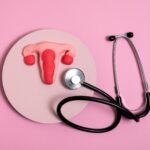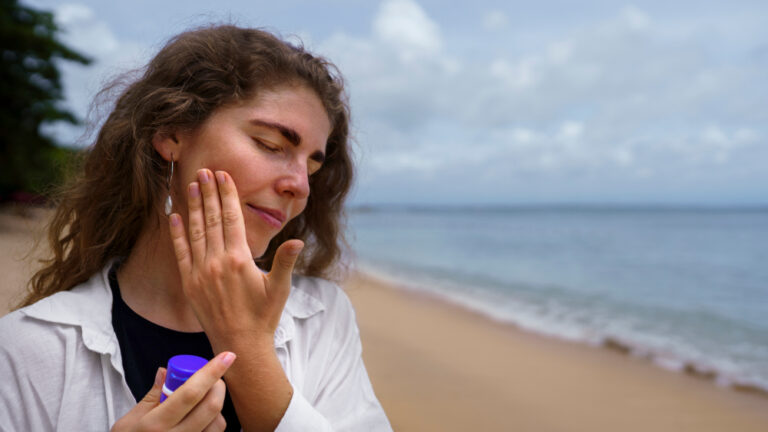Alopecia is fairly common in people of all age groups and both sexes. Identifying the causes and being able to recognize the symptoms can help manage and treat this condition efficiently. The most common type of hair loss is alopecia areata. In this article, you will explore alopecia areata, its types, causes, symptoms, and treatment in detail to enable you to make informed decisions when it comes to your hair health.
Table of Contents
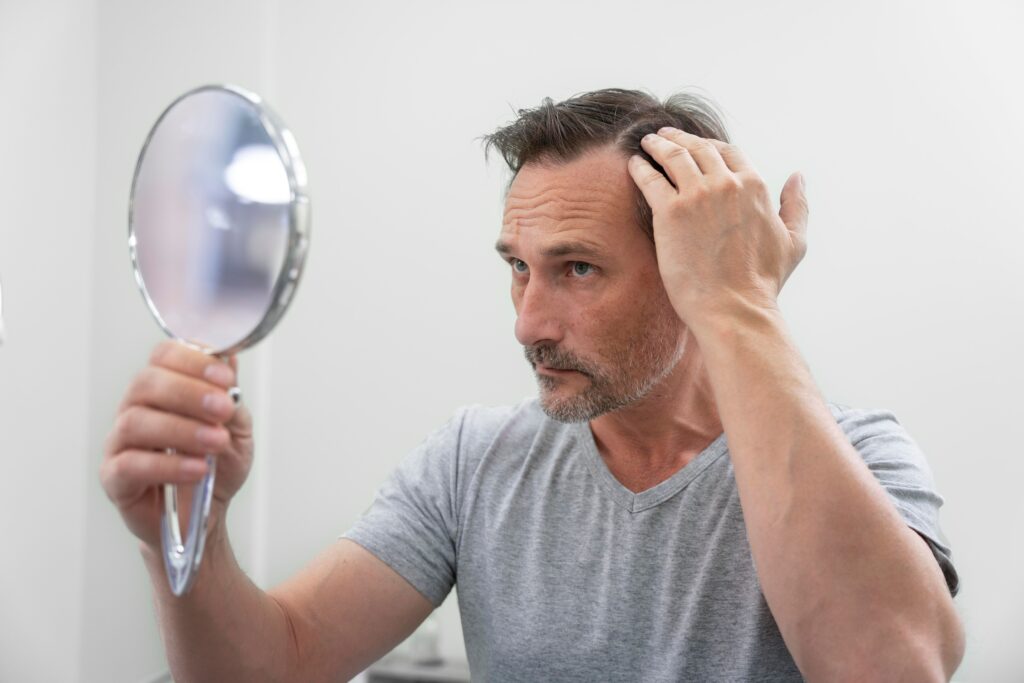
Alopecia: What Is It?
What is Alopecia?
Alopecia is a term in medicine that defines hair loss, either from the scalp or any part of the human body. It can affect both sexes and can occur at any time. The condition can either be temporary or permanent, depending on the cause. There are several types of alopecia, each with quite distinct characteristics and causes.
Types of Alopecia
- Alopecia Areata: This is a type of autoimmune disease in which the immune system mistakenly attacks the hair follicles, and it causes hair loss in patches.
- Androgenetic Alopecia: The term used for it may be male or female pattern baldness. The cause for it is genetic and it occurs due to changes in the hormonal balance in the body.
- Telogen Effluvium: It occurs because too many hair follicles get into the resting phase, and then there is wide-spreading thinning of hair.
Hair Loss Causes
Genetic Factors
It is vastly genetic. If your family has a history of baldness or thinning of the hair, you are bound to have it too. Androgenetic alopecia is a classic example of hair loss that runs through families.
Hormonal Imbalances
Hormonal changes, particularly an increase in androgens (male hormones), can lead to hair loss. Certain medical conditions, such as polycystic ovary syndrome, can also cause hormonal imbalances that can contribute to thinning and loss of hair.
Medical Conditions
Several medical conditions can also be responsible for hair loss. These include thyroid disorders, autoimmune diseases like lupus, and infections of the scalp.
Alopecia Areata: An Autoimmune Disorder
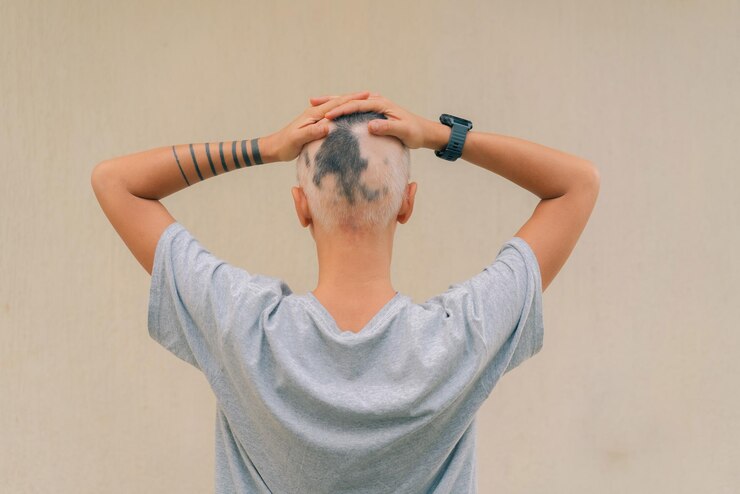
What is Alopecia Areata?
Alopecia Areata is an autoimmune disease whereby a person’s immune system becomes hostile to some of the organs or tissues of the body or, in this case, the hair follicles. It can make hair fall out in small, round patches on the scalp and other areas of the body.
Symptoms of Alopecia Areata
The primary way through which Alopecia Areata manifests itself is the patchy loss of hair. The areas that are affected become smooth and round. It may sometimes progress to Alopecia Totalis or Alopecia Universalis, whereby there is a complete loss of hair on the scalp or from the entire body respectively.
Causes of Alopecia Areata
The exact cause of Alopecia Areata is not exactly known, but it’s presumed to be due to the combination of genetic predisposition and environmental factors. The condition can also be triggered by stress and some infections.
Alopecia Symptoms
Recognizing the Symptoms
Alopecia symptoms, if identified at an early stage, can help manage the condition. Some of the common symptoms include:
- Patchy Hair Loss: There are small, round, smooth areas of hair loss on the scalp or other parts of the body.
- Thinning Hair: Slow thinning of hair on top of the head.
- Loss of Body Hair: Loss of eyelashes, eyebrows, or facial hair.
Differences in Symptoms
The various forms of Alopecia give different symptoms. For example, Androgenetic Alopecia will generally bring a receding hairline in men and thinning hair in women; Alopecia Areata produces round circular patches of hair loss.
The Cause of Thinning Hair
Lifestyle and Dietary Influences
Poor diet, nutrient deficiency, and ill-health habits are some of the reasons for hair thinning. A diet that is nutritionally rich with all the vitamins and minerals will promote good health of the hair.
Environmental Factors
Chemical exposure, pollution, and excessive heat styling can harm hair and cause thinning. Such practices must be reduced to an extent so that the hair remains healthy.
Stress and Its Impact
It causes a syndrome called Telogen Effluvium, whereby the hair has an early induction of the resting phase and falls out. Stress management through relaxation techniques and healthy living may prevent and slow down hair loss.
Polycystic Ovary Syndrome (PCOS) and Hair Loss
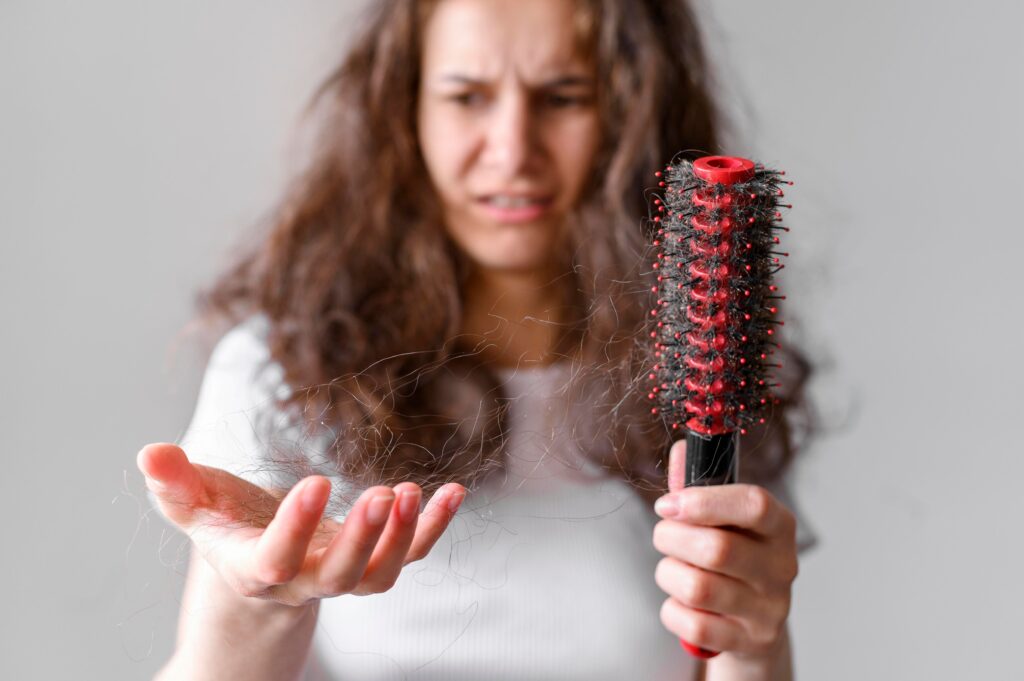
Understanding PCOS
Polycystic Ovary Syndrome is one of the hormonal disorders affecting women of childbearing age. This disorder results from irregular menstrual cycles, too high levels of androgens, and ovaries with multiple cysts.
How PCOS Leads to Hair Loss
PCOS causes hair loss by excess androgen levels that shrink hair follicles, resulting in thinning hair. This type of hair loss is almost comparable to Androgenetic Alopecia.
Managing Hair Loss with PCOS
Since PCOS is essentially a hormonal disorder, balancing the hormones with medication, lifestyle, and diet can be done. Treatments against hair loss caused by PCOS include anti-androgens and birth control pills. Topical solutions may also be used to address the condition.
Diagnosing Alopecia
Medical Tests and Examinations
Diagnosis of alopecia is normally done after performing a physical examination and obtaining the history of a patient’s health. In some cases, it may require a scalp biopsy or blood tests to diagnose any underlying disease or condition.
When to See a Specialist
Sudden or severe hair loss should be consulted with a dermatologist or a trichologist. They will diagnose the exact cause and thus provide treatments accordingly.
Treatment Options for Alopecia
Medical Treatments
- Topical Treatments: Minoxidil is a very common over-the-counter medicine that can stimulate the growth of hair.
- Oral Medications: taken orally include finasteride, which is prescribed to treat androgenetic alopecia in men.
- Steroid Injections: These are mainly used in the case of Alopecia Areata; steroid injections will reduce inflammation and may promote the growth of hair again.
Non-Medical Treatments
- Wigs and Hairpieces: These can be used immediately to replace hair loss and increase confidence.
- Laser Therapy: Low-level laser therapy can stimulate hair follicles and promote regrowth.
Emerging Therapies and Research
Research is in progress to discover new and more effective treatments for alopecia. Stem cell therapy and platelet-rich plasma therapy have been under study, and appear to be the most promising therapies.
Natural Remedies and Lifestyle Changes
Promoting Hair Regrowth Naturally
- Essential Oils: Rosemary oil, peppermint oil, and lavender oil stimulate hair growth.
- Scalp Massage: Massaging of the scalp is very essential as it increases blood flow to the hair follicles.
Dietary Changes
- Balanced Diet: Your diet should consist of proteins, vitamins, and minerals that are essential for the growth of your hair.
- Supplements: Biotin, vitamin D, and omega-3 supplements aid in the growth of hair.
Stress Management Techniques
- Exercise: Regular exercise will make your system regulate your stress in a better way.
- Relaxation: Yoga, meditation, deep breathing, etc., help you keep stress at bay.
Coping with Hair Loss
Psychological Impact
Negative feelings, such as depression, anxiety, or sadness, can affect an individual suffering from hair loss. Such emotions have to be dealt with and discussed.
Support Groups and Counseling
Joining support groups and seeking counseling may act as a source of emotional support and building resilience.
Building Confidence and Self-Esteem
There are other ways to build confidence if there is a loss of hair. This includes taking care of general health, personal grooming, and maintaining positive thinking.
Preventing Hair Loss
Maintaining Healthy Hair
- Proper Care: Gentle hair care products and less heat styling
- Regular Trimming: This can help keep away split ends and give out a healthier set of hair.
Preventative Measures Against Alopecia
- Less Harsh Chemicals on Hair: Try to use fewer harsh chemical treatments on the hair.
- Sun and Pollution Protection: Hats or scarves may be used to protect the hair from sun damage and pollution.
Regular Hair Care Routines
- Gentle Washing: Wash with a mild shampoo and not too vigorously.
- Conditioning: The application of good conditioner after a bath keeps the hair moisturized and does not break as easily.
FAQs About Alopecia
What exactly is Alopecia Areata?
- Alopecia Areata is an autoimmune disorder characterized by patchy hair loss.
Can Alopecia Be Cured?
- Though there isn’t any cure, several treatments can be done to control the symptoms and promote hair regrowth.
How is Alopecia Diagnosed?
- The diagnosis includes physical examination, reviewing the patient’s history of illnesses, and at times, performing a scalp biopsy.
What are the Usual Symptoms of Alopecia?
- Patchy hair loss, thinning hair, and loss of hair in other areas of the body are the common symptoms of alopecia.
How does PCOS cause Hair loss?
- PCOS causes hormonal imbalances, which cause the hair to thin out and increase falling.
Conclusion
One has to know the different types of alopecia and more about this condition to deal with or treat hair loss. This way, you will be able to recognize the symptoms, identify the cause, and look for different treatment options so that your hair stays healthy. From alopecia areata to androgenetic alopecia, or even hair loss caused by PCOS, this complete guide is going to arm you with the proper knowledge so you make correct decisions when it comes to your hair’s health. Always remember that a medical professional must be consulted to ensure a proper diagnosis and a more tailored treatment plan.




